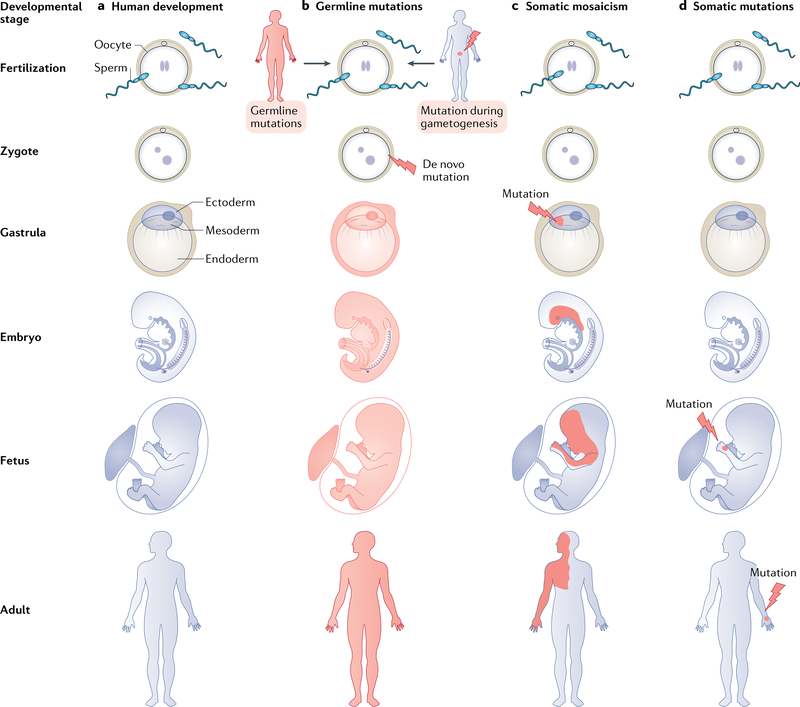Fig. 3 |. Genetic transmission of oncoproteins.
Mutations that lead to oncoproteins can occur during human development (panel a). Depending on the time and location where such mutations occur, the affected tissue will exhibit different patterns in the adult. Germline inheritance affects all lineages of the body and, in the case of oncoproteins, with autosomal dominant segregation. Oncogenic mutations can be transmitted from an affected parent who acts as a carrier or can occur spontaneously (de novo) during gametogenesis or in the zygote. Examples include achondroplasia and Costello syndrome, respectively (panel b). Postzygotic somatic mutations that occur in the blastocyst, during gastrulation or during embryogenesis lead to different degrees of mosaicism. In this example, a mutation that occurs in the ectoderm and mesoderm will affect various lineages that arise from these germ layers, including skin, brain, muscle and endothelial cells. An example is Sturge-Weber syndrome (panel c). Somatic mutations occur late during embryogenesis, during development or in adulthood. These mutations typically affect a single lineage and display clonality, such as those seen in arteriovenous malformations and cancer (panel d).

